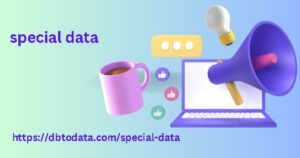You can see, so far we have talk about creating a report, so this is applicable to other tools that allow you to create visualizations, such as: Google Sheets or Excel, Google Slides or Power Point. The concept is the same: having greater control over how to create your dashboards and being more productive.
Now let’s get to some practical stuff for when you’re generating your report
Learn iting tricks. Let’s skip the keyboard shortcuts for copy, paste, undo, and ro. We’ll assume you’re already familiar with these, as they’re the same across most tools beyond dashboarding. Let’s get to those tricks that can really make a difference in the spe at which you it the style and layout of your reports.
Align and distribute:
As you have seen in the Design customization, it is possible to generate a grid in your dashboard. It is interesting to have it, but let’s be honest, how many times are you going to use it and go to the millimeter? Most of the time, it won’t even instagram data be possible even if you try to follow it. In those cases, the best thing you can do is set margins that you always respect and place your graphics well, how?
Aligning widgets, for example result boxes, let’s say to the center
Center align Looker Studio widgets
As you can see, this quick way you have them align. Now, what you could do next is distribute them horizontally so that they have the same 8 restaurant industry trends for 2021 space between them, like this: Horizontally distribute Looker Studio widgets.
Paste the same style:
Now imagine that it’s one of those times when you ne to change the font, size and colour to adjust your graphics to a client’s corporate identity (remember, it’s from “Style > Background and border”). In this case, you’ve done a test usa data on a widget. You’ve already got the style you want and now you have to do the same with the rest, one by one? No, don’t worry.

